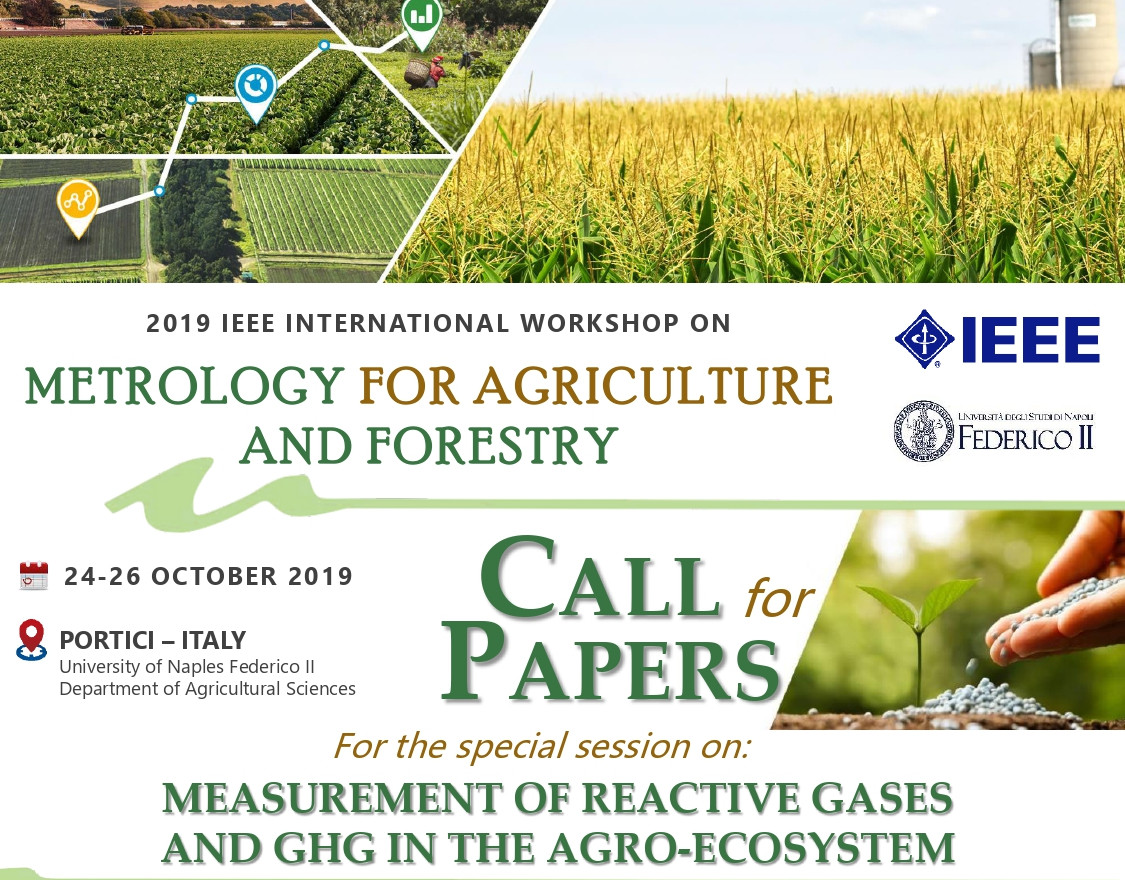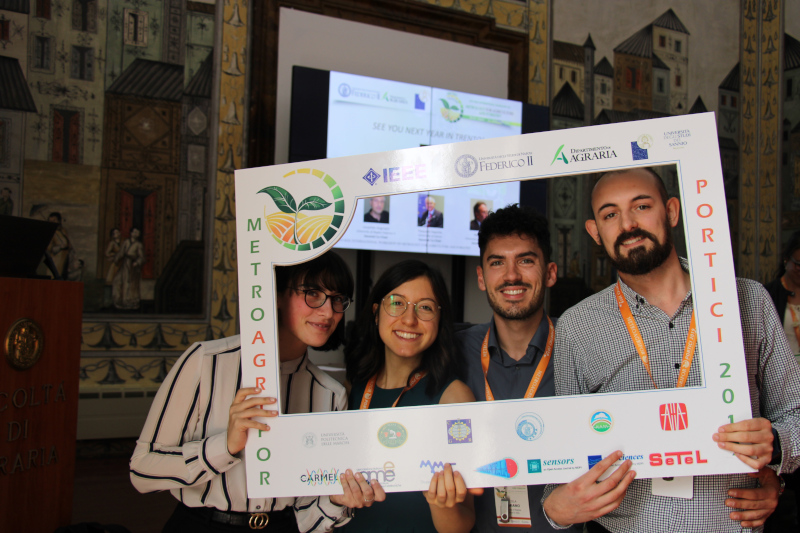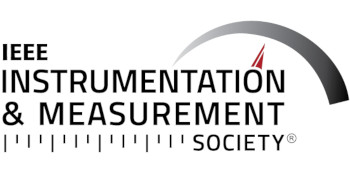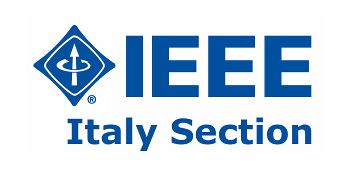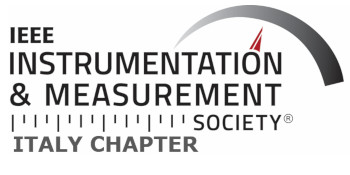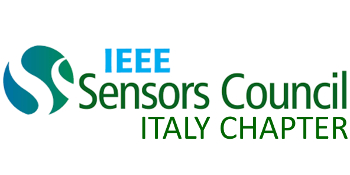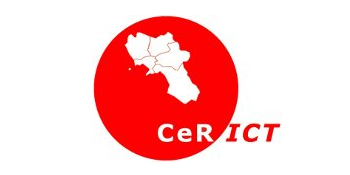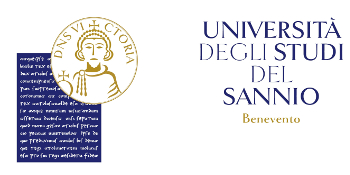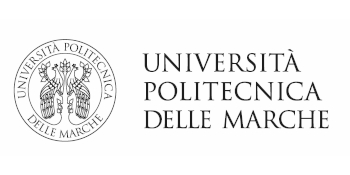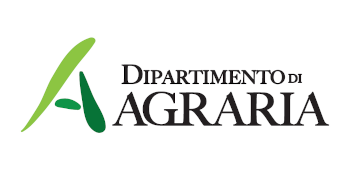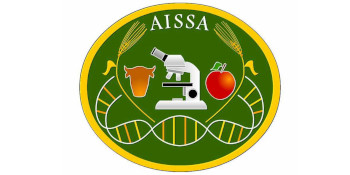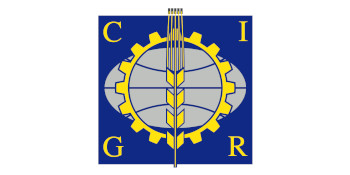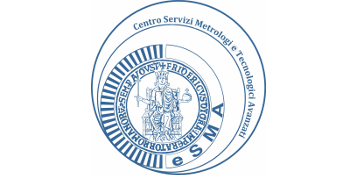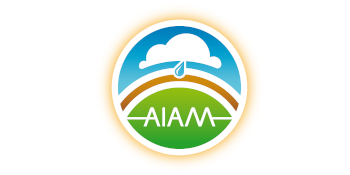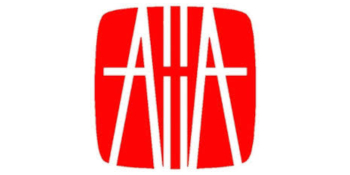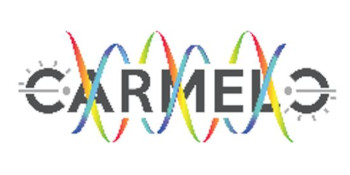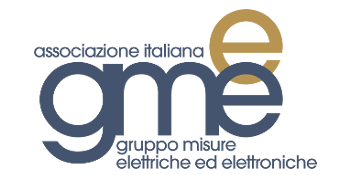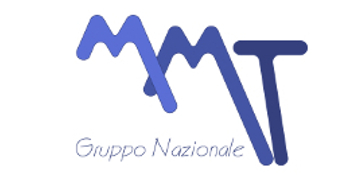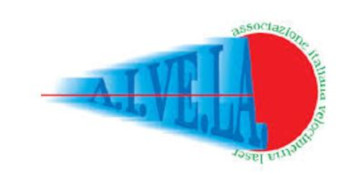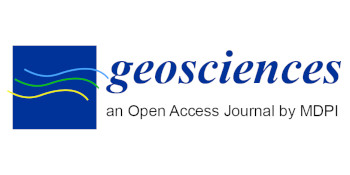Measurement of Reactive Gases and GHG in the Agro-Ecosystem
ORGANIZED BY
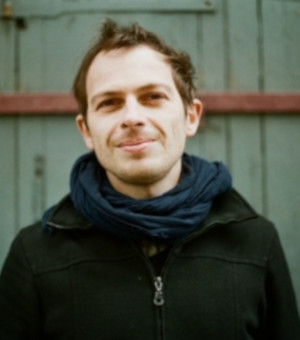
Marco Carozzi
INRA EcoSys, Versailles-Grignon, France
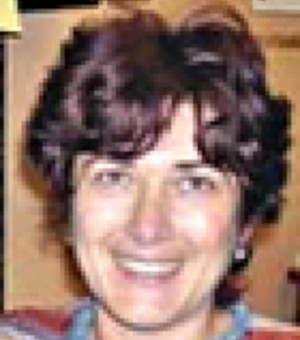
Patricia Laville
INRA EcoSys, Versailles-Grignon, France
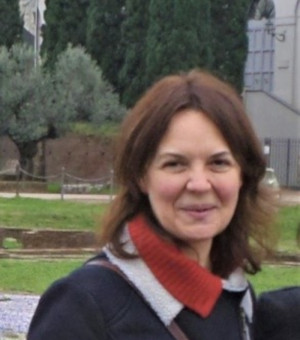
Daniela Famulari
CNR ISAFOM, Ercolano, Italy
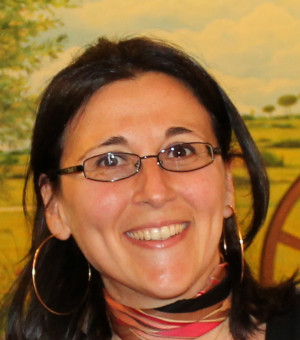
Rossana Monica Ferrara
CREA-AA, Bari, Italy
ABSTRACT
Managed agro-ecosystems are important sources and sinks of greenhouse gases (GHG) and reactive gases. The main pathways are represented by the direct exchange of gases between the soil-plant system (croplands, pasture and orchards) and the atmosphere. Agronomic practices such as fertilisation, grazing, irrigation, drainage, tillage and residue management, greatly influence the emission of reactive gases like ammonia (NH3), biogenic volatile organic compounds (BVOCs), as well as GHG (N2O, CH4 and CO2). The complexity of the measuring approaches together with the identification of simultaneous influences of environmental drivers is a major challenge to deeply understand all processes involved.
The session is open to studies focussing on measurements of gaseous exchange processes at field or plot scales, under controlled laboratory conditions and in livestock housing systems. We welcome a wide range of studies including development of new devices as well as observational approaches; the application of different techniques (enclosure, inferential or direct micrometeorological approaches as inverse dispersion modelling, aerodynamic gradient, eddy covariance, relaxed or disjunct eddy accumulation, etc.) for the quantification of agricultural sources and assessments of mitigation practices. Contributions on NH3 and N2O emissions from the management of fertilisers (e.g. raw or pre-treated livestock manures, digestate, mineral or green manure) are particularly welcome. In order to understand the effects of the agronomic practices in agro-ecosystems, related studies on other important gases as BVOCs, CO2 and CH4 are also encouraged. Evaluation of uncertainties, technical issues, and process description will be addressed and discussed within this session.
TOPICS
We welcome contributions that:
- assess the quality of the existing methods for gas measurements over agro-ecosystems;
- analyse the effects of agronomic management on gaseous exchanges at field and plot scale or under incubation conditions;
- introduce new approaches to quantify reactive and GHG gases;
- quantify gaseous emissions in animal housing and slurry-storage systems;
- inter-compare techniques and integrate different scales of monitoring.
ABOUT THE CONVENERS
Dr. Marco Carozzi, PhD in Agricultural Ecology. Research engineer in atmospheric emissions from agrosystems at INRA (UMR EcoSys, Versailles-Grignon, France). Main research focuses on measurements of reactive and GHG gases on different agrosystems (pastures, grassland, arable lands), mitigation strategies evaluation for gaseous emissions at field and regional scales, dispersion modelling, crop and biogeochemical modelling of C and N, and climate perturbation assessment. He collaborates to several national and international projects and with different research institutes.
Dr. Patricia Laville is a Research Engineer at INRA AgroParisTech (UMR EcoSys, Versailles-Grignon) expert in the determination of nitrous oxide and nitric oxide produced in agricultural systems with publications including upscaling at the landscape scale. Author of more than 45 peer-reviewed publications, she participated in many national and international projects with the development of several measurement devices for field scale or laboratory characterization of gaseous emissions.
Dr. Daniela Famulari, PhD in Atmospheric Sciences. Environmental physicist at CNR ISAFOM, Ercolano (NA), Italy. Main research interests are: Land-atmosphere interface dynamics of pollutants and GHG; Soil and vegetation exchange with the surface layer; Sustainability of agriculture for N2O soil emissions and N-compounds from fertilisers; Impacts on semi-natural ecosystems such as moorlands of long-range transported pollutants; Biogeochemical cycles of C-, N- compounds, such as gaseous NH3, aerosol precursors, GHG and trace gases; Mitigation of atmospheric pollution through vegetation (silviculture, agroforestry, buffer semi-natural zones) for preservation of biodiversity; Contaminated land impacts. Involved in national and international projects with different research institutes.
Dr. Rossana Monica Ferrara, PhD in Resources and Environment, Researcher at CREA-AA, Italy. Her research activity is mainly focused on agriculture environmental sustainability measuring and modelling energy and mass exchanges between vegetation and atmosphere (water, carbon, greenhouse gases and ammonia). She is specialized in micrometeorology techniques (eddy covariance, aerodynamic gradient) and in inverse dispersion models to estimate evapotranspiration, ammonia and GHGs fluxes by agricultural systems.


